Moroccan Arts and Culture
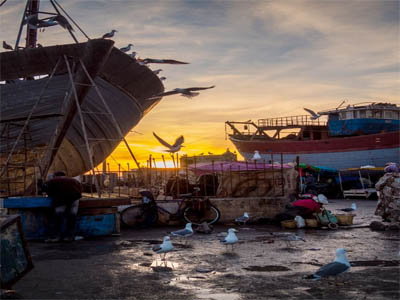
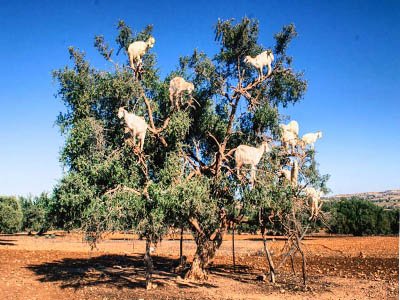
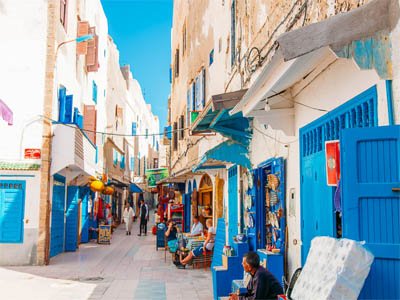
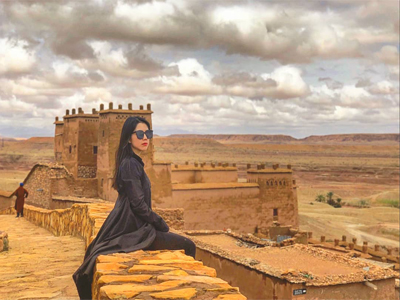
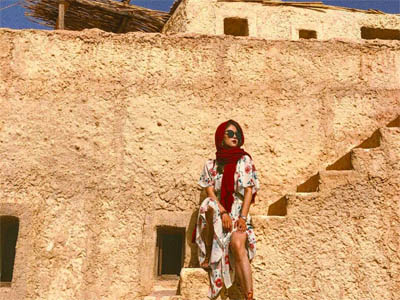
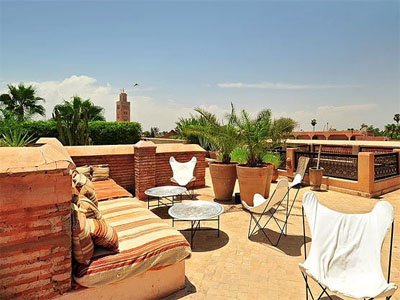


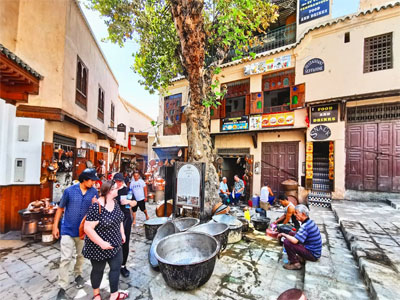
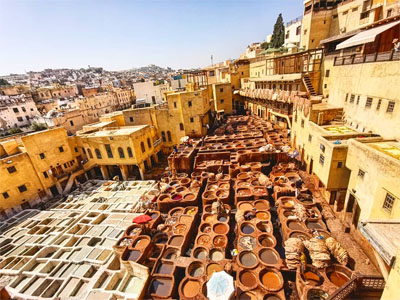
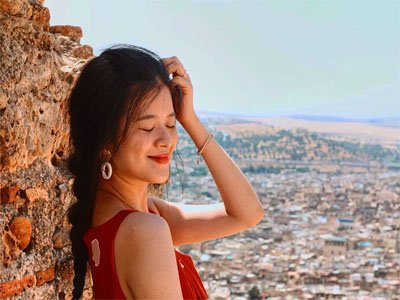
Art
Moroccan Arts and Culture are truly special. Many historical examples are on display at the local museums. More modern examples are on display at art galleries and in souks. Beware of cheap imitations though!
There are so many different ways that people express themselves – in carpets, clothing, jewelry, ceramics, sculpture, painting, carving, and calligraphy. They even hold an international art festival once a year to showcase all their talent. If you ever have the opportunity to visit this country, you should consider buying some of the local artwork. Not only will it provide you with a little memento of your trip, but it will help out the local people who are usually quite poor.
Culture
Souks are a way of life in Moroccan Arts and Culture and you usually won’t have to go far to find one. You can often get good bargains here, but remember that most Moroccans will have a lot more experience than you will when it comes to haggling the price so you will seldom find yourself able to get better than that which is offered.
You may find, if you are friendly and courteous enough, that you will soon start to make friends with the locals. If this happens and you are invited to a meal, it is good to keep in mind some of the local customs. For example, you will usually take off your shoes when entering a house. You can follow your host’s example in this regard. Also, it is a good idea to take a gift of some sort with you. If you are in a home in the city you might take some pastries or some sugar with you. If you are in the county it would be better to buy a live chicken for the household which is likely to not be quite so well off. A home invitation is perhaps the most authentic way to sample Moroccan dishes. Most Moroccan food is eaten with the hands. If you are invited to join someone for a meal, you should always eat with the right hand as the left is supposed to be used for the toilet.
Any plans to visit mosques will usually meet with failure as these are considered to be very holy places that only Muslims are allowed access to. Though this is allowed in other parts of the world, the closest you will likely get to the inside of a mosque in Morocco is if you visit some ruins or disused mosques such as Tin Mal and Smara. Most other monuments are on view to the public for a price and you can also observe certain celebrations such as the Imichal Wedding Fair.
When taking photographs of the local people, it would be wisest to ask their permission. Taking a photograph of someone without their permission – especially in rural areas – can cause offense. This may result in them demanding money from you – even if you only intended to take a scenic shot of something. In contrast, taking photographs of someone you have become friendly with is usually very welcome. Often people with whom you’ve become acquainted will take you to a place where they can get a photograph taken with you for themselves. You should not be unfriendly about this as it usually does not result in you paying for the picture or any further harassment.
Traditionally the men take to the streets and the women are in control of their homes. This means that you will not often find women in cafés or restaurants. If you are a woman and you strike up a friendship, you will likely be invited to the person’s home or to a hammam (bath) for further association. On the other hand, if you are a man or a man and woman traveling together, you will likely be invited into a café for some tea or a meal.
In general, Moroccan Arts and Culture can be an exciting and worldly experience. The people are friendly and the place is colorful. Hospitality is really a part of their culture so you can strike up friendships virtually anywhere if you have the right attitude. Usually, this results in further association with these dynamic and interesting people and a real taste of Moroccan life.
Architecture – Culture and Tradition through Buildings
Morocco is often viewed as a destination that is surrounded by mystery, seduction, and beauty. These opinions are reflected in the breathtaking architecture of Morocco. Although modern buildings have crept in and formed part of Moroccan architecture, it is the older buildings that ooze allure, secrecy, and architectural marvels from years gone by. Moroccan architecture has a somewhat exotic charm and many tourists visit the country to look at a world that is steeped in tradition and culture. In fact, the architectural roots of Morocco can still be seen in the modern buildings that are constructed today.
Architecture in Morocco is a blend of Black African and Islamic design styles, with the Islamic styles dominating in this combination. This is not only viewed in the building itself but the lavish gardens, extravagant decorations, and elaborate use of deep and contrasting colors. Turbulence in the history of Morocco is clearly seen in the strong desert fortifications and the well-protected palace walls. It is also the style with which Moroccans choose to decorate the interiors of buildings that gives these architectural wonders a unique and majestic atmosphere.
There are a few dominant characteristics in regard to the architecture of Morocco. Most buildings feature large, intimidating archways and beautiful domes that complete them. It is also common to find enchanting courtyards and sprawling gardens, and use ornaments to decorate the exterior of the building. Moroccan architecture also makes use of Islamic calligraphy as decoration as opposed to pictures. And, as mentioned before, the use of color also plays a significant role in their designs. Geometric patterns are also commonly found in the architecture of Morocco.
Noteworthy buildings to visit while in Morocco would include the Royal Palace, the Mohammed V Mausoleum, and the Kasbah des Oudaias. While in Fez it is recommended that tourists visit the Museum of Moroccan Arts – not so much for what it exhibits but rather for the fact that the museum building was constructed approximately one hundred years ago. The city of Marrakech is home to the Palace of the Dead, the Saadian Tombs, and the Bahia Palace.
Many cities have spectacular examples of Moroccan architecture and visitors will be amazed at the diversity and uniqueness of each building. Morocco has been loyal to its age-old traditions and cultures – not only in lifestyles but in its architectural style. They have managed to modernize their cities without losing the richness and beauty of the past.
Morocco Classic Tours
Address: 86 Lot Hiba, 30000, Morocco
Phone: +212 613-504732
Email: moroccoclassictours@gmail.com
SITEMAP

